Vietnamese Cultural Heritages recognized by UNESCO
Top 8 Vietnamese Cultural Heritages recognized by UNESCO
In Vietnam, there are many places recognized by UNESCO as world heritage sites, including world natural heritage, world cultural heritage and world mixed cultural and natural heritage. In the list of UNESCO titles, world heritage is considered a precious title and has a long history. The tourism industry in Vietnam is growing strongly and attracting the attention of both domestic and foreign tourists, especially destinations recognized by UNESCO. Let's learn more about Vietnam's World cultural heritage sites in this article.
Ha Long Bay
Ha Long Bay is famous for its beautiful scenery, with more than 1,600 limestone islands stretching across emerald green water. This is a world natural heritage recognized by UNESCO for its unique natural beauty and magical geological value. In addition to beautiful scenery, Ha Long Bay also has biological, cultural and historical diversity, making it an interesting destination for tourists.
The name "Ha Long" in Sino-Vietnamese means "dragon bay descending," combining Vietnamese mythology and history. The bay is located in northeast Vietnam, 180 km east of Hanoi. The area of the Bay is not large, about 1533km2, but there are more than 1600 limestone islands and islets. These islands are distinguished by their unique limestone towers and weathered caves, along with turquoise beaches and pure white sand.
Visitors can explore Ha Long Bay by traveling on the blue islands on wooden boats or luxury cruise ships. This is the best way to enjoy the breathtaking natural scenery, watching the sunrise and sunset create impressive pink and orange paintings on the bay.
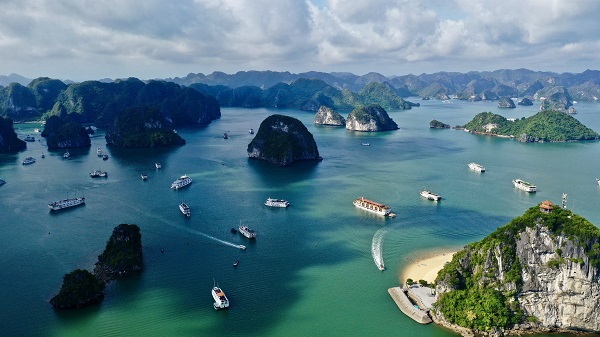
The name "Ha Long" in Sino-Vietnamese means "dragon bay descending," combining Vietnamese mythology and history. The bay is located in northeast Vietnam, 180 km east of Hanoi. The area of the Bay is not large, about 1533km2, but there are more than 1600 limestone islands and islets. These islands are distinguished by their unique limestone towers and weathered caves, along with turquoise beaches and pure white sand.
Visitors can explore Ha Long Bay by traveling on the blue islands on wooden boats or luxury cruise ships. This is the best way to enjoy the breathtaking natural scenery, watching the sunrise and sunset create impressive pink and orange paintings on the bay.

Phong Nha - Ke Bang National Park
Phong Nha - Ke Bang National Park is located in Central Vietnam, precisely Quang Binh province. This national park is about 200,000 hectares wide and includes areas of Quang Ninh, Bo Trach, Tuyen Hoa and Minh Hoa districts. It is located about 50km northwest of Dong Hoi city.
Phong Nha - Ke Bang has unique special things about the history of the earth's formation, geology, topography and geomorphology. This place also has beautiful and mysterious landscapes, along with a diversity of biological life. In particular, it also has unique cultural and historical value.
Because of these characteristics, Phong Nha - Ke Bang was recognized by UNESCO as a World Natural Heritage in July 2003 at a meeting held in Paris, France.
Phong Nha - Ke Bang has unique special things about the history of the earth's formation, geology, topography and geomorphology. This place also has beautiful and mysterious landscapes, along with a diversity of biological life. In particular, it also has unique cultural and historical value.
Because of these characteristics, Phong Nha - Ke Bang was recognized by UNESCO as a World Natural Heritage in July 2003 at a meeting held in Paris, France.

Imperial Citadel of Thang Long
The Central Imperial Citadel of Thang Long - Hanoi was recognized as a world cultural heritage in 2010, which is an extremely valuable pride for all Vietnamese people. Considered a priceless treasure, it is a great legacy that we leave behind for future generations.
Thang Long Imperial Citadel is closely related to the history of Thang Long - Hanoi, starting from the pre-Thang Long period (about the 7th century) and lasting through the Dinh - Early Le dynasties, continuing to develop strongly in the dynasties. Ly, Tran, Le dynasties, and then became Hanoi city under the Nguyen dynasty. This is an architectural masterpiece with a construction process spanning many historical periods and is considered the most important monument in Vietnam's cultural heritage system.
Thang Long Imperial Citadel is closely related to the history of Thang Long - Hanoi, starting from the pre-Thang Long period (about the 7th century) and lasting through the Dinh - Early Le dynasties, continuing to develop strongly in the dynasties. Ly, Tran, Le dynasties, and then became Hanoi city under the Nguyen dynasty. This is an architectural masterpiece with a construction process spanning many historical periods and is considered the most important monument in Vietnam's cultural heritage system.
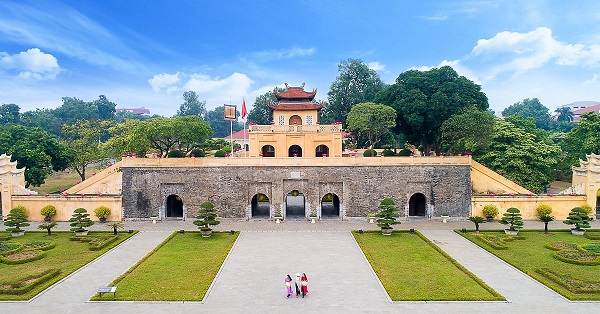
Complex of Hue ancient capital relics
The ancient capital of Hue, once the capital of Vietnam, is famous for its beautiful architectural system, including temples, pagodas, citadels, and lavish mausoleums, located along the romantic Perfume River. The entire architecture of the ancient capital of Hue includes three large circles: the Imperial Citadel, the Imperial Citadel and the Forbidden Citadel, arranged along an axis from south to north. The architecture here combines the sophistication of east and west.
In 1993, UNESCO recognized the ancient capital of Hue as a world cultural heritage at the World Heritage Committee meeting. This is an important event in Vietnam's cultural history, marking the first time a Vietnamese property was added to the World Heritage list, proving the global value of the ancient capital of Hue.
The ancient capital of Hue is considered a world cultural heritage with the following criteria:
In 1993, UNESCO recognized the ancient capital of Hue as a world cultural heritage at the World Heritage Committee meeting. This is an important event in Vietnam's cultural history, marking the first time a Vietnamese property was added to the World Heritage list, proving the global value of the ancient capital of Hue.
The ancient capital of Hue is considered a world cultural heritage with the following criteria:
- Represents the uniqueness of human art and architecture.
- Has great value in terms of construction techniques and architectural art in the process of urban development and beautifying the landscape of world cultural regions.
- Represents typical architecture of an important historical period.
- Closely related to important historical events, influential ideas or beliefs, as well as famous historical figures.
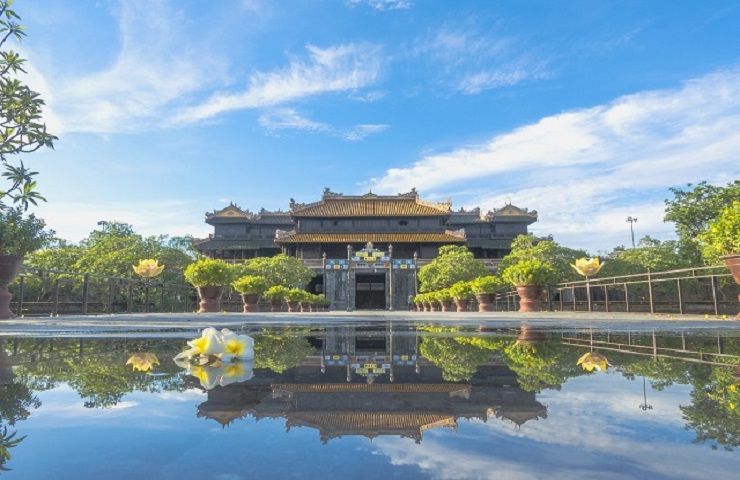
Trang An scenic complex
Trang An scenic complex in Ninh Binh, Vietnam, is a unique and diverse tourist area, recognized by UNESCO as a world heritage site. It includes many important natural and cultural sites such as caves, forests, grasslands, lakes and rivers, creating a diverse and attractive environment.
Trang An is an excellent example of the interaction between humans and the natural environment. It demonstrates the ability of humans to adapt to geographical and environmental changes, especially during the period of climate change after the ice age. This population is also an important demonstration of the evolution of limestone in a humid tropical environment.
Trang An has a wonderful natural landscape with mountains, mysterious caves, peaceful rivers and sacred temples. It represents the integrity and authenticity of the natural and cultural environment here. The protection and management of this heritage has been carried out fully and effectively.
Trang An is an excellent example of the interaction between humans and the natural environment. It demonstrates the ability of humans to adapt to geographical and environmental changes, especially during the period of climate change after the ice age. This population is also an important demonstration of the evolution of limestone in a humid tropical environment.
Trang An has a wonderful natural landscape with mountains, mysterious caves, peaceful rivers and sacred temples. It represents the integrity and authenticity of the natural and cultural environment here. The protection and management of this heritage has been carried out fully and effectively.
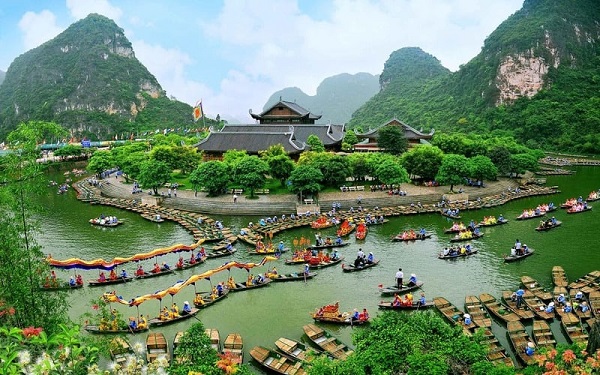
Citadel of the Ho Dynasty
The Ho Dynasty Citadel is a unique military and architectural structure with important value worldwide. UNESCO officially recognized it as a World Cultural Heritage on June 27, 2011.
This work was built in 1397 by Ho Quy Ly, who at that time was prime minister under the Tran dynasty. After completion, Ho Quy Ly forced King Tran Thuan Tong to leave Thang Long (now Hanoi) and move the capital to Thanh Hoa. In February 1400, Ho Quy Ly ascended the throne, replacing the Tran dynasty, and named the country Dai Ngu (1400-1407). From then on, the Ho Dynasty Citadel became the official capital of the country. This work is also known by many other names in history, such as An Ton citadel, Tay Do, Tay Kinh, Tay Nhai and Tay Giai.
This work was built in 1397 by Ho Quy Ly, who at that time was prime minister under the Tran dynasty. After completion, Ho Quy Ly forced King Tran Thuan Tong to leave Thang Long (now Hanoi) and move the capital to Thanh Hoa. In February 1400, Ho Quy Ly ascended the throne, replacing the Tran dynasty, and named the country Dai Ngu (1400-1407). From then on, the Ho Dynasty Citadel became the official capital of the country. This work is also known by many other names in history, such as An Ton citadel, Tay Do, Tay Kinh, Tay Nhai and Tay Giai.
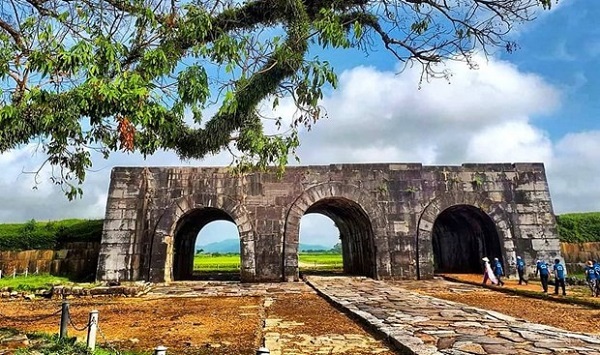
Hoi An
Hoi An Ancient Town, located in Quang Nam, Vietnam, has been a UNESCO World Heritage Site since 1999. In the 17th and 18th centuries, Hoi An was an important international trading center, with exchange goods between Japan, China and Western countries. In the past, this place was also a stop on the maritime Silk Road and a trading port of the Champa people.
However, later, due to sea transportation problems becoming difficult, Hoi An lost its prosperity and Da Nang emerged. Luckily, Hoi An was not destroyed in the two world wars and maintained its unique architecture. Today, this place is an attractive destination for tourists, where you can roam in the old town, enjoy delicious food, visit the Thu Bon River and visit traditional craft villages. In particular, on the 14th day of every lunar month, you have the opportunity to participate in traditional festivals such as lantern lighting, flower releasing ceremony and listening to folk music.
However, later, due to sea transportation problems becoming difficult, Hoi An lost its prosperity and Da Nang emerged. Luckily, Hoi An was not destroyed in the two world wars and maintained its unique architecture. Today, this place is an attractive destination for tourists, where you can roam in the old town, enjoy delicious food, visit the Thu Bon River and visit traditional craft villages. In particular, on the 14th day of every lunar month, you have the opportunity to participate in traditional festivals such as lantern lighting, flower releasing ceremony and listening to folk music.
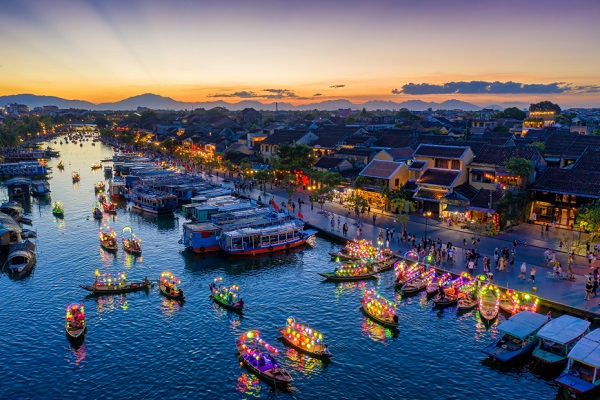
My Son Sanctuary
My Son Sanctuary is located in Quang Nam, an ancient land with beautiful mountainous terrain. When you travel to Quang Nam and visit My Son, you will be fascinated by the famous architectural works of the Champa civilization. There are up to 70 impressive temples and towers here, representing the pinnacle of cultural, historical and artistic heritage built during 9 centuries, from the 4th to the 13th century. My Son is considered on par with with other famous historical sites in Southeast Asia such as Angkor, Pagan and Borobudur.
In December 1999, My Son was recognized by UNESCO as a World Cultural Heritage.
In December 1999, My Son was recognized by UNESCO as a World Cultural Heritage.
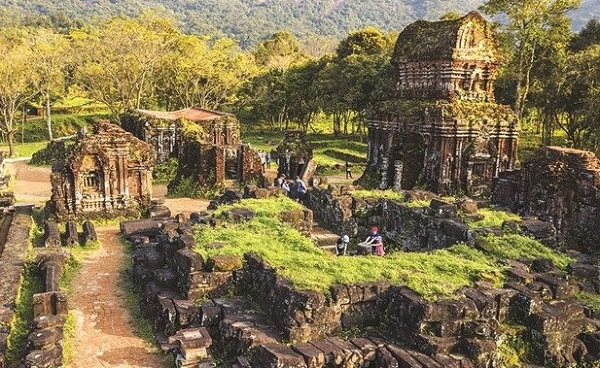
Epilogue
Preserving and developing Vietnam's cultural heritage, whether it is the beauty of its ancient architecture or the splendor bestowed by nature, is extremely important to ensure that it continues to shine. Future.